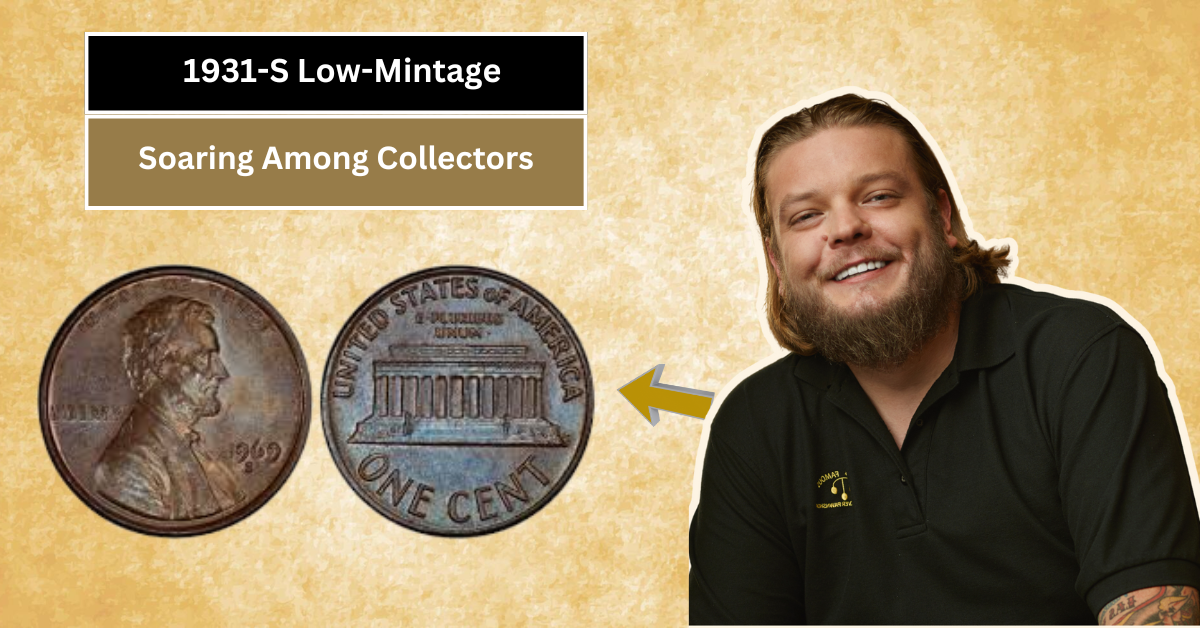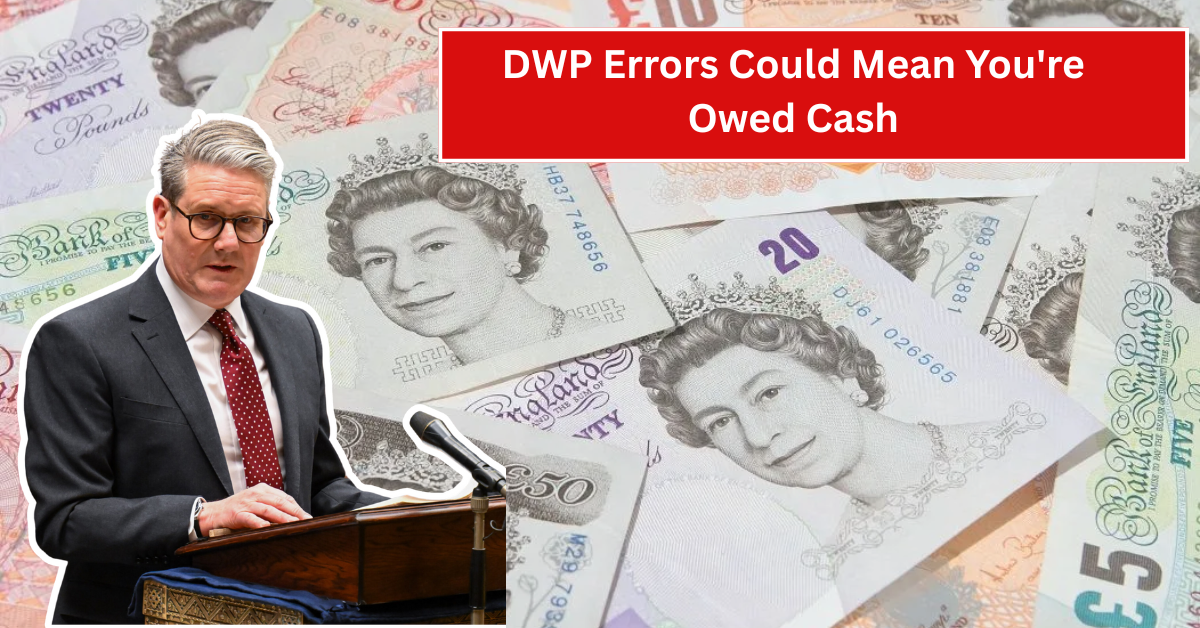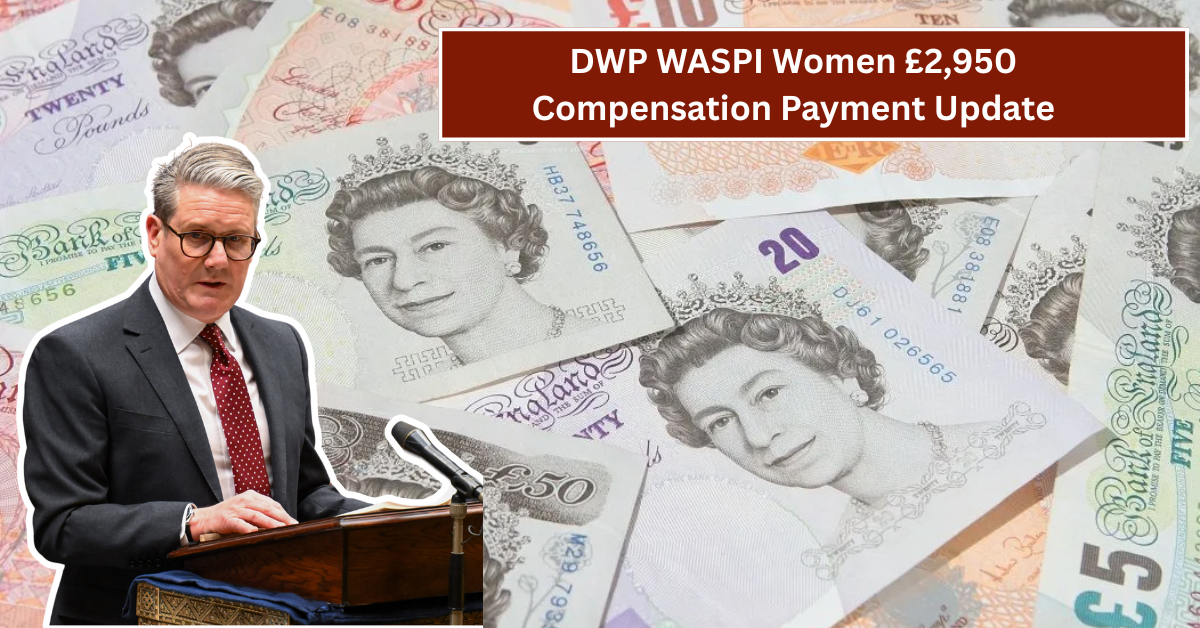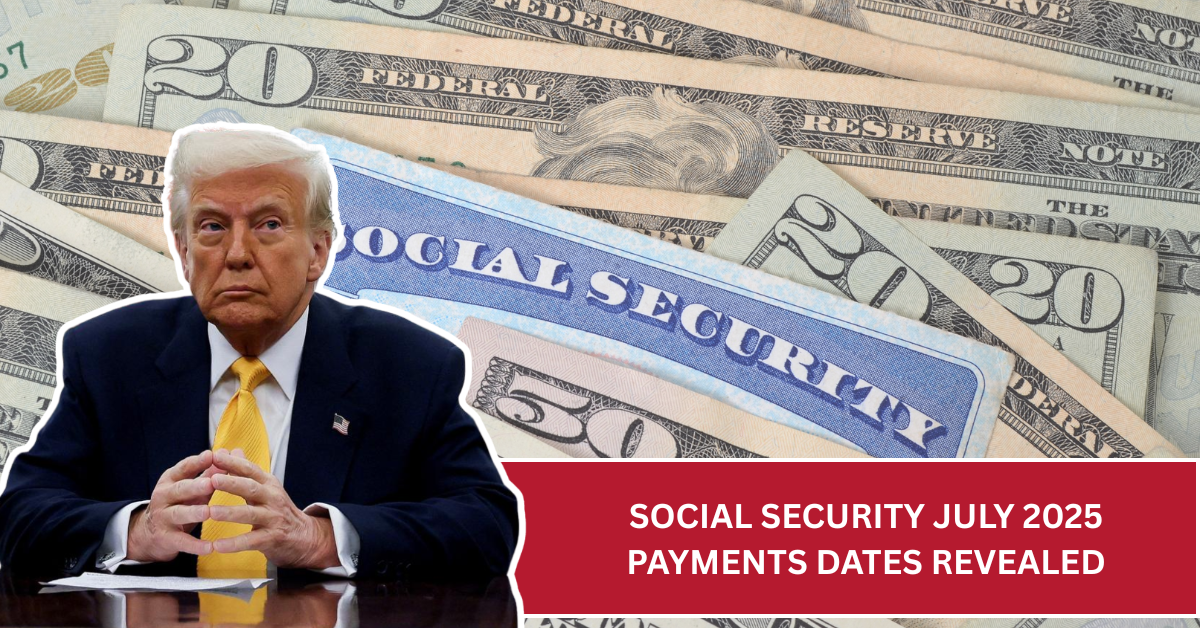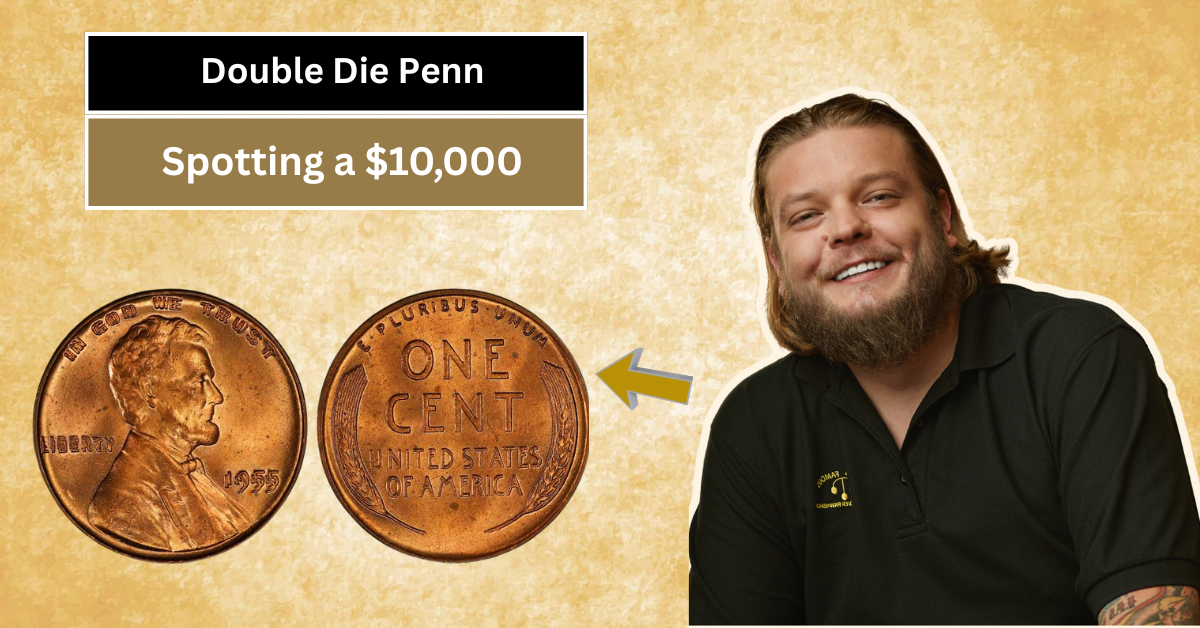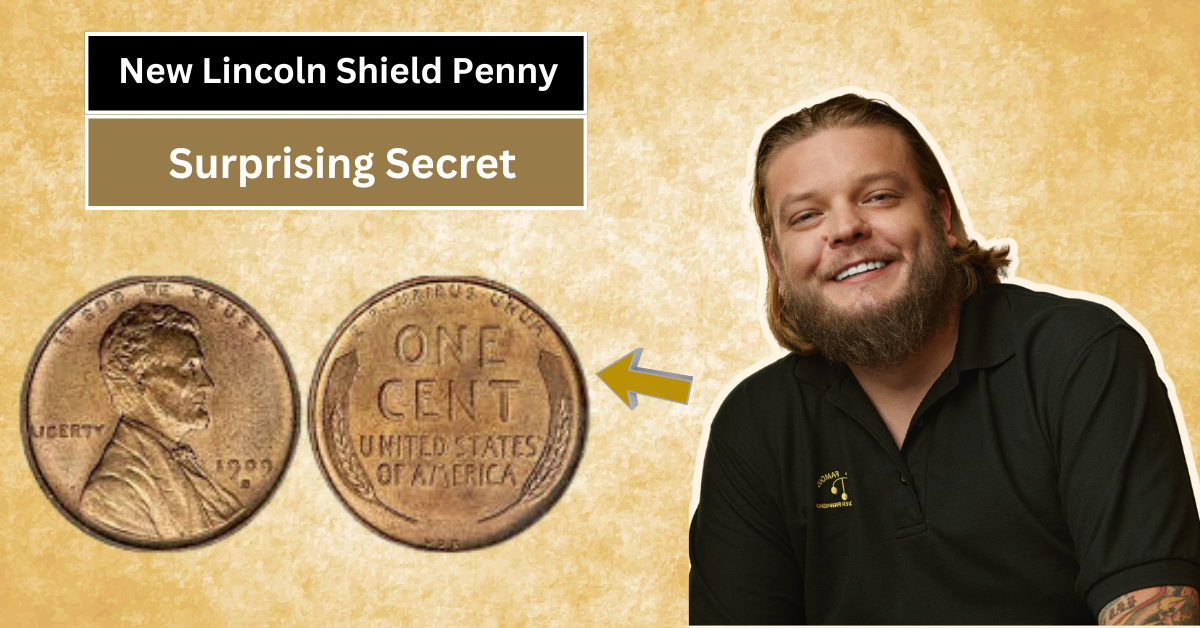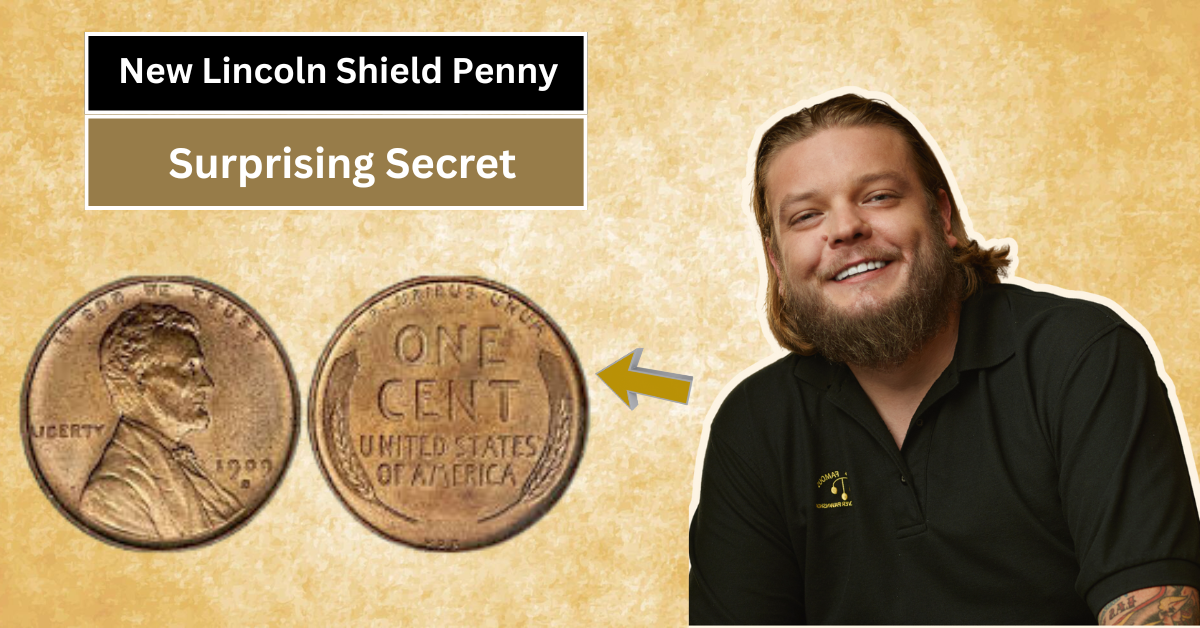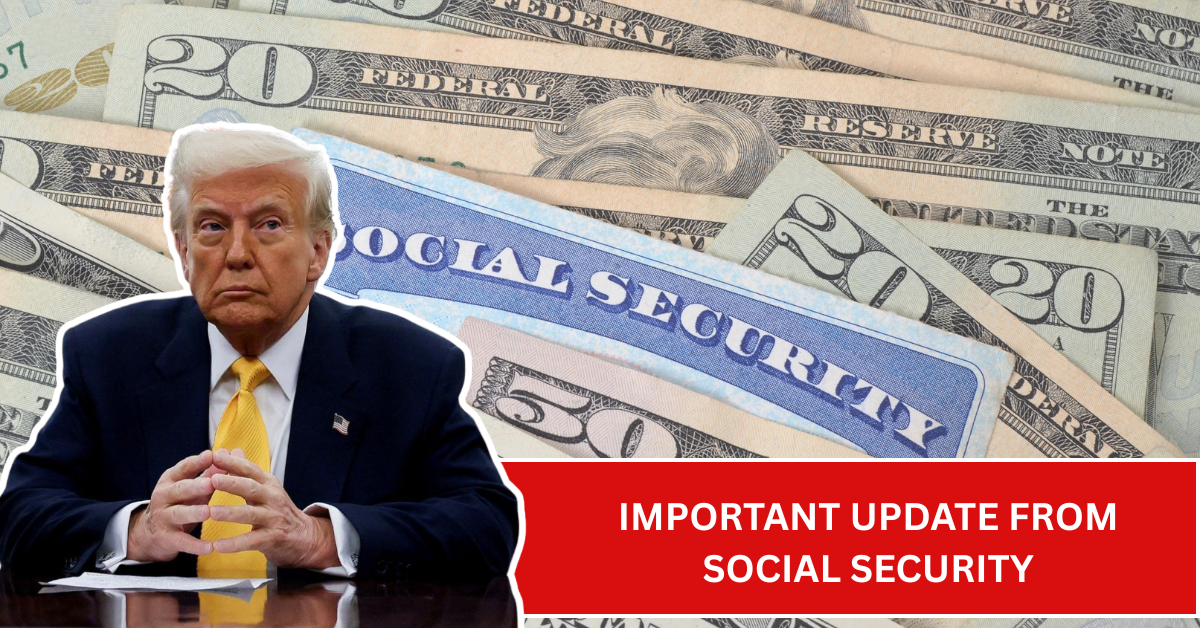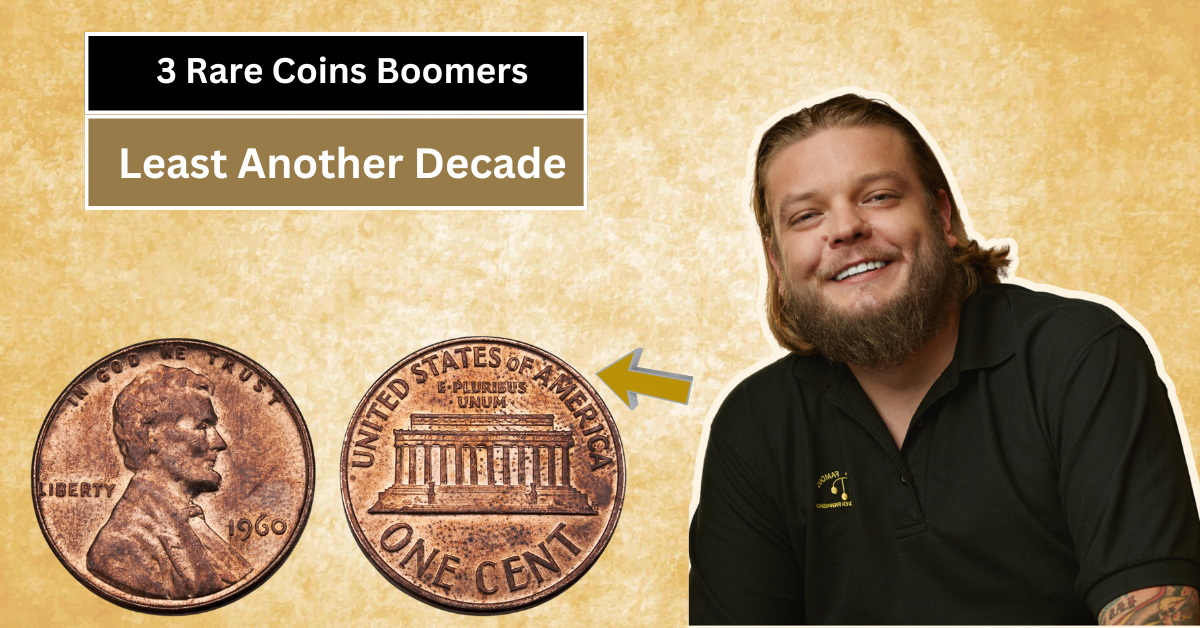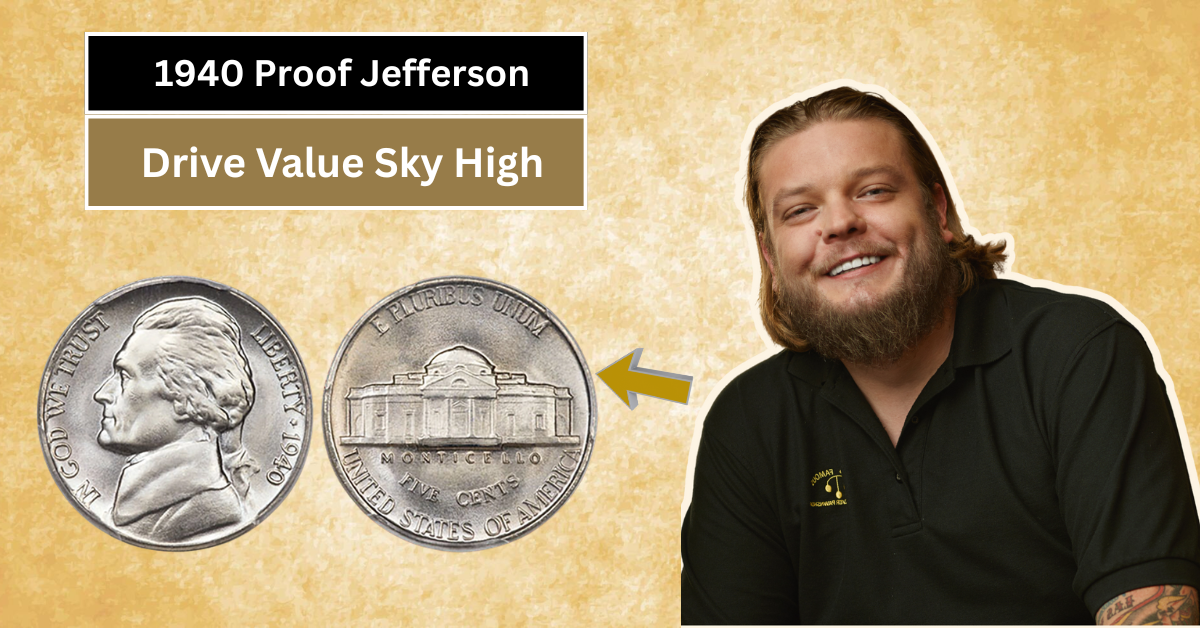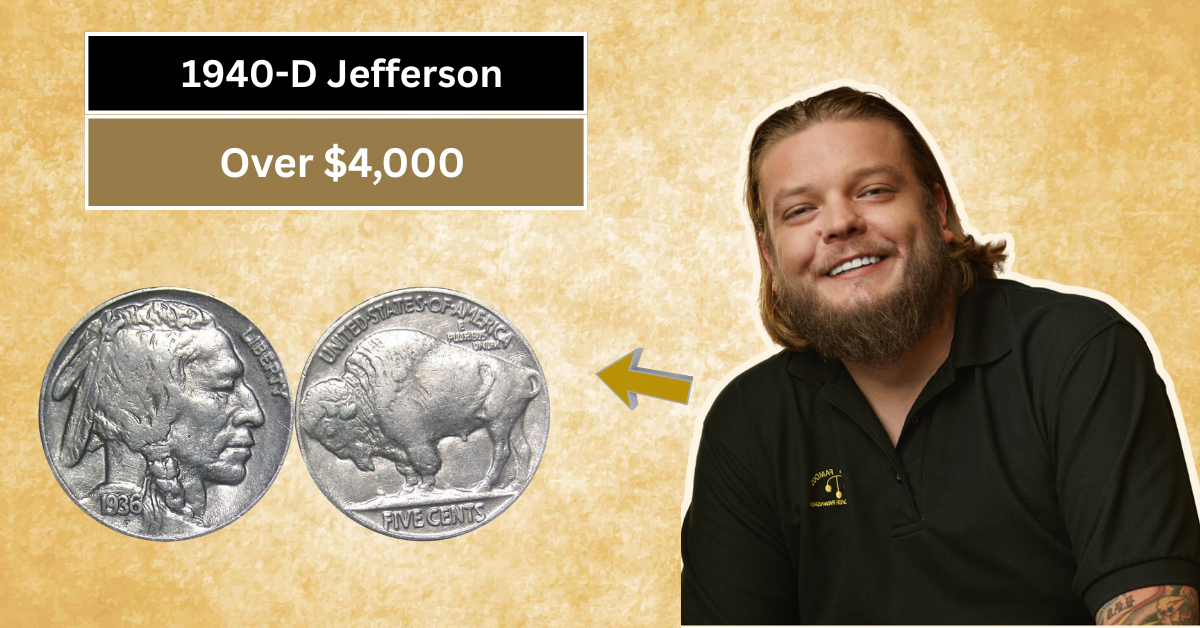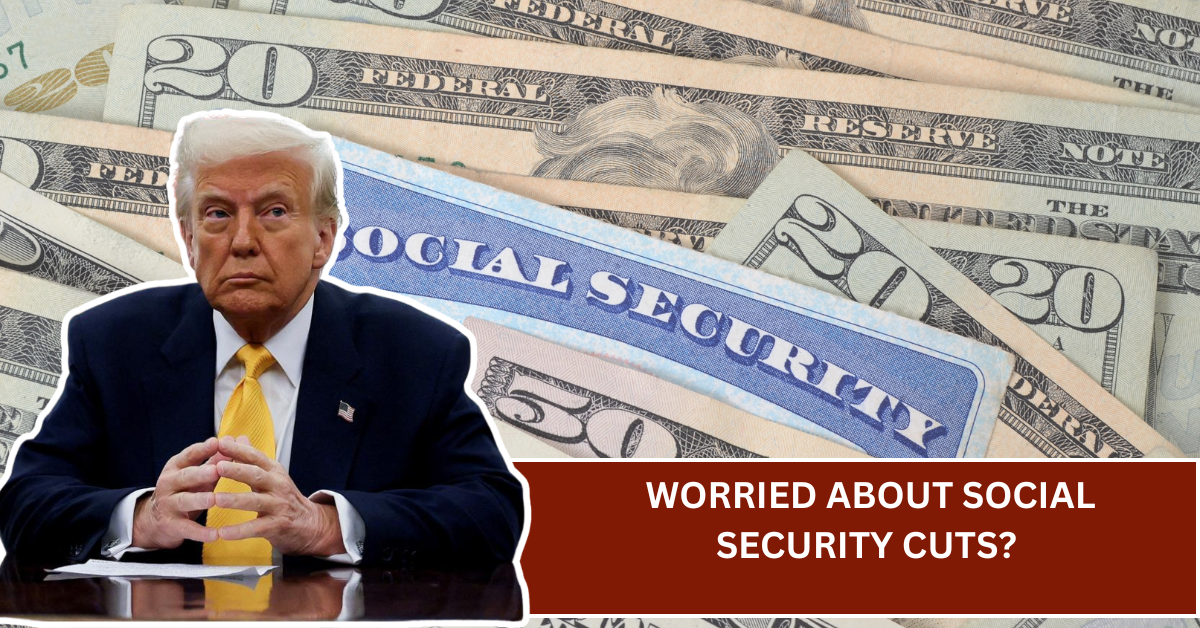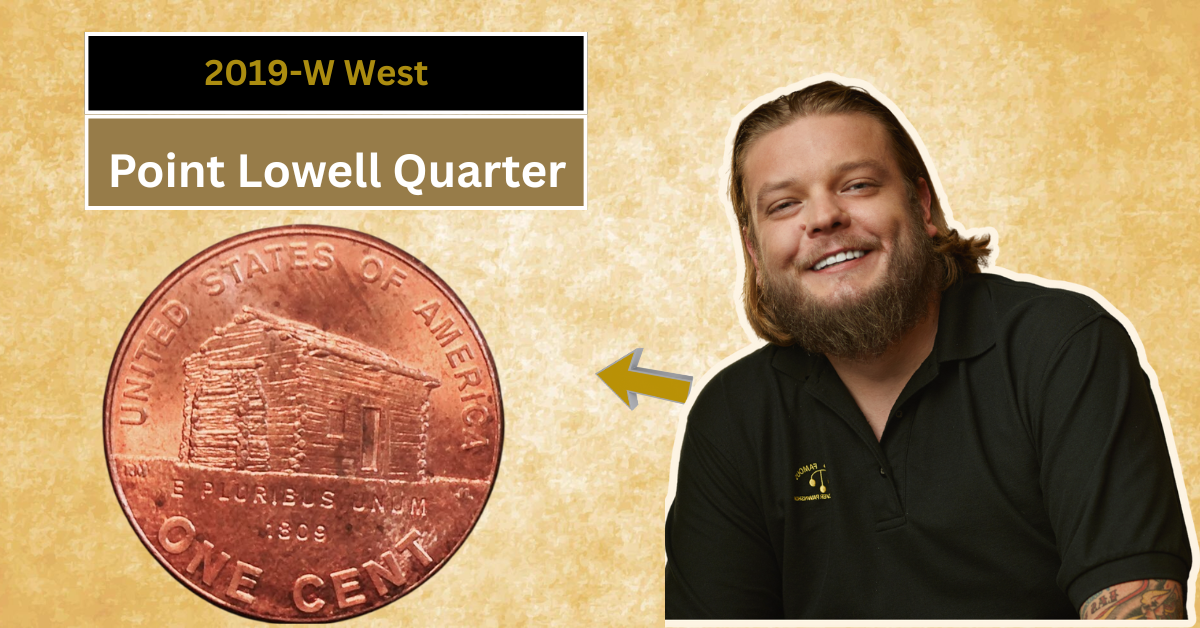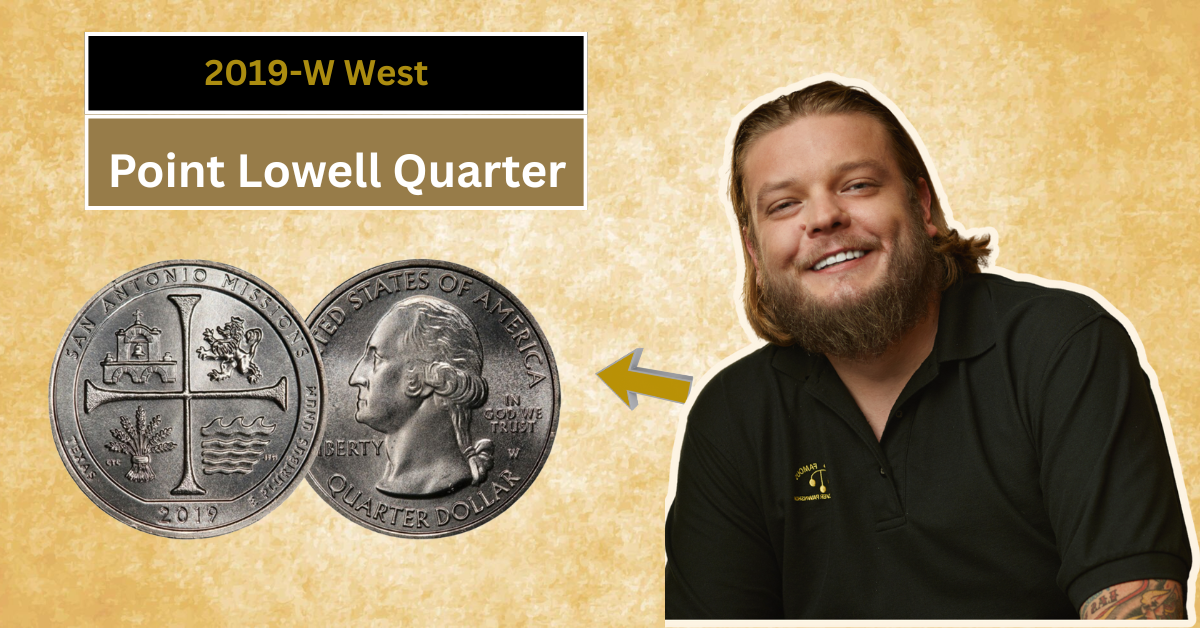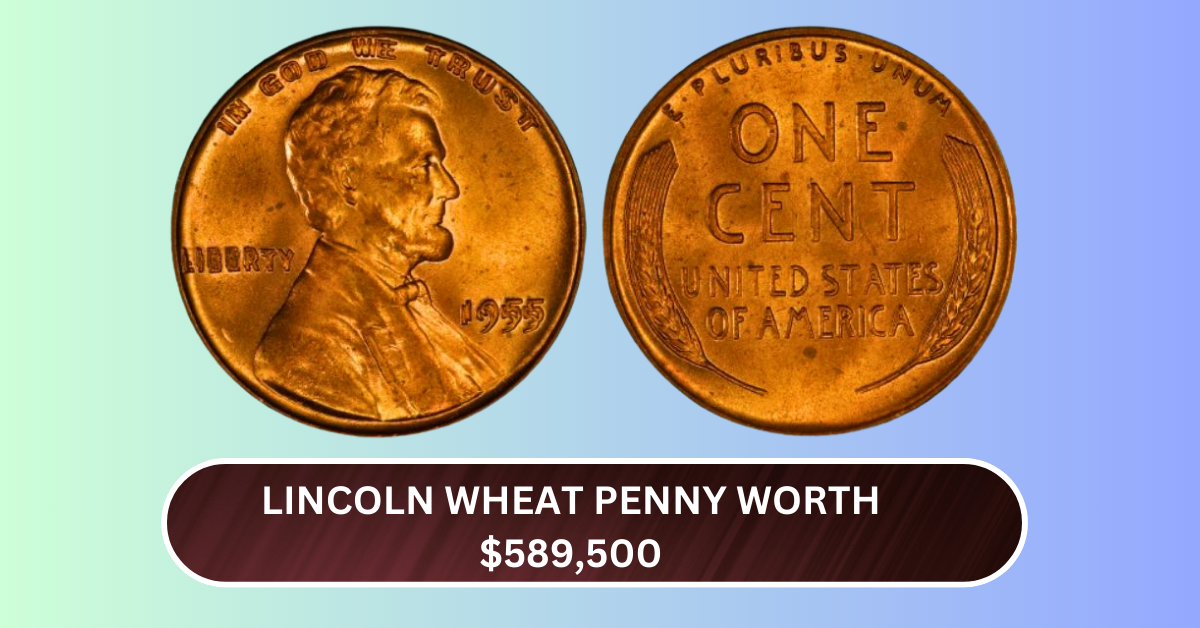
Yes, you read that right. A simple-looking 1-cent coin, known as the Lincoln Wheat Penny, is currently valued at a jaw-dropping $589,500 – and believe it or not, it’s still out there in everyday circulation. You might find it in your change jar, wallet, or even lying around in your car.
Now the big question—why is this old coin worth so much?
What Is the Lincoln Wheat Penny?
This Article Includes
The Lincoln Wheat Penny was first minted in 1909 to celebrate the 100th birth anniversary of Abraham Lincoln, the 16th President of the United States. The design features Lincoln’s face on the front (obverse) and two stalks of wheat on the back (reverse), which is how it got the nickname “Wheat Penny.”
These coins were minted from 1909 to 1958, after which the design changed. While millions were made, only a few versions have turned out to be extremely rare and valuable.
Why Is This Penny Worth $589,500?
There are a few main reasons behind the high value of this particular Lincoln Wheat Penny:
- Rarity: Not all Lincoln Wheat Pennies are worth a fortune. The valuable ones are usually error coins, made in very limited numbers. These include coins that were minted using the wrong metal, have missing features, or carry other mistakes.
- Historical Context: During World War II, the U.S. Mint had to shift to different metals due to the shortage of copper. Some rare coins from 1943, for example, were accidentally made using copper instead of steel. Only a few such coins exist today.
- Condition: Coins that are in mint or uncirculated condition are far more valuable. If a rare Wheat Penny has been preserved well with little wear and tear, its value can easily shoot up to hundreds of thousands of dollars.
- Collector Demand: There is a huge collector community that is constantly looking for unique coins. As demand rises and supply stays low, prices go up—just like any other rare collectible.
Still in Circulation? Really?
Yes. The U.S. Mint never recalled these pennies, and many of them are still legally considered legal tender. Over the years, some ended up in storage boxes, coin jars, and even vending machine change returns. A few lucky individuals have found these rare coins in their regular transactions, leading to massive financial surprises.
How Can You Identify a Valuable Wheat Penny?
Not all Wheat Pennies are worth thousands, but here’s how to spot the rare ones:
- Check the date: Look for pennies minted between 1909–1958.
- Look for errors: Things like double dates, off-center prints, or coins made from different metals.
- Copper 1943 Penny: This is one of the rarest and most valuable coins out there.
- Mint marks: Pennies with a small “S” (San Francisco) or “D” (Denver) under the date are often more valuable.
- Condition matters: A well-preserved coin with less wear is worth more.
If you’re unsure, consider getting the coin appraised by a professional numismatist or sending it to a certified coin grading service like PCGS or NGC.
What Should You Do If You Find One?
If you think you’ve found a rare Lincoln Wheat Penny:
- Do not clean it – Cleaning can reduce the coin’s value.
- Store it safely – Use a coin holder or case.
- Get it evaluated – Visit a coin expert or upload pictures to a collector forum.
- Consider auctioning it – Many valuable coins are sold at auctions or through verified dealers.
Why Are People Suddenly Talking About This?
The hype around rare coins like this one isn’t new, but social media and YouTube videos have brought fresh attention. Many collectors and influencers are sharing success stories of people discovering life-changing coins in the most unexpected places.
In 2025, with inflation and job uncertainties, people are turning to side hustles, collectibles, and passive income sources—and rare coins are trending again. Who knew that a dusty old coin could be worth more than a brand-new car?
Final Thoughts
The idea that a single penny can be worth $589,500 is not just exciting—it’s a reminder that sometimes, life-changing value hides in the most ordinary things. Whether you’re a serious coin collector or just someone cleaning out an old drawer, it might be worth taking a closer look at your spare change.
Who knows? You might just be holding a small fortune in your hand.



